- Joined
- Aug 15, 2000
- Messages
- 19,235

Natural diamonds are more than just an investment - Times of India
Russell Mehta reflects on the diamond industry's evolution, noting a shift from romantic experiences to transactional purchases due to increased trans






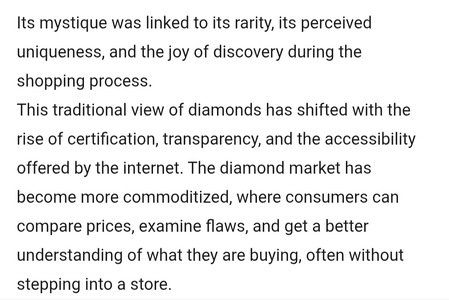


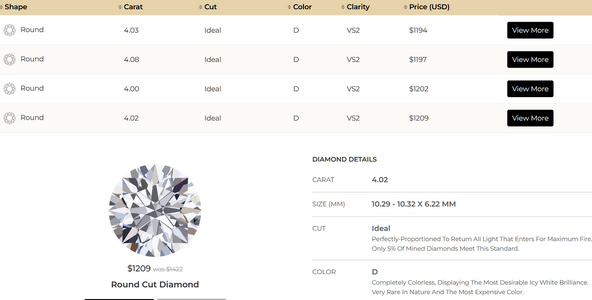
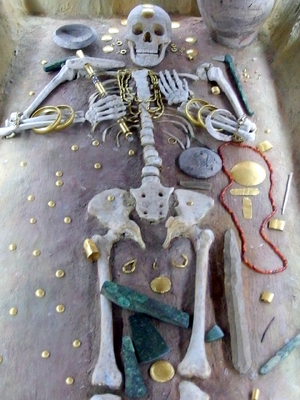
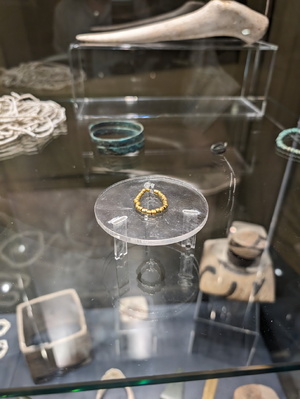
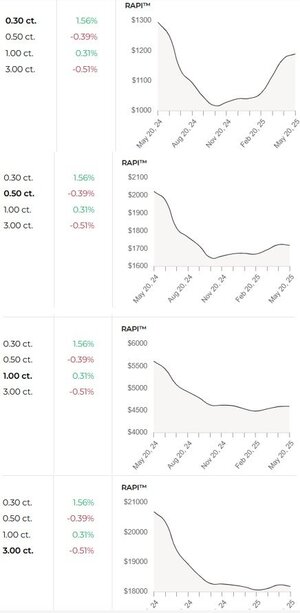


300x240.png)